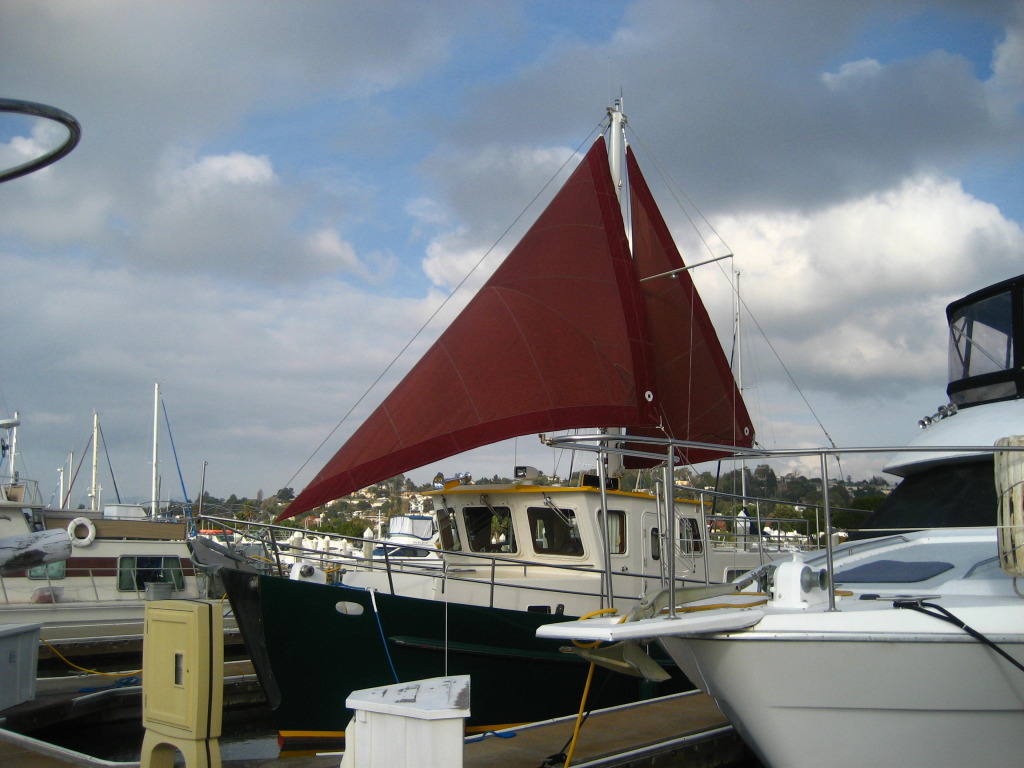Everything you posted except for the last sentence is misleading.
I'll take some time to flesh out my answer, not for the OP, but because somebody out there might be interested.
Most isolation transformers can handle and are rated at 50/60Hz.
Well, drawing on the experience of my first job, in the QA department of a transformer manufacturer, I'd have to say that this is not true. Some, yes. All, no. In particular, it's
highly unlikely that an isolation transformer manufacured and installed on a boat in Europe (two wire, 220V, 50Hz, 16 or 32 amp) will be designed for North American shore power (three wire, 110/220V, 60 Hz, 30 or 50 amp).
Converting a marine diesel generator to 60Hz from 50Hz or vice versa is normally trivial. It will actually produce more power at 60 Hz because the engine is turning faster.
Well, drawing on my 35 years of experience maintaining diesel generators, I'd say this is not true. Yes, it's possible to just adjust the governor. And yes, it's possible that the generator end may be designed for 60 Hz as well as 50 Hz. And yes, it's possible that it's a 12-lead generator and you can reconfigure it from European (two wire, 220V) to North American (three wire, 110/220V) standards. And even if you can, you're looking at replacing
all the breakers, all the panels, and quite possibly the voltage regulator as well.
What shoreside wiring code did you get the #14 wire thing from? It doesn't apply to marine installations.
This is not just wrong, it's
really wrong. Overcurrent protection is
mandated by all wiring codes, including AYBC.
It most certainly does apply to marine installations. The ampacity tables are commonly available. If you want 15 amp branch circuits, you need a minimum of #14 AWG wire (outside of engineroom spaces, where the ampacity of wire is reduced).
Since European (220V) wiring is typically smaller than #14 for branch circuits, not to mention small than #10 for shore power, I reiterate my earlier answer: realistically speaking, you are looking at a major rewire.


